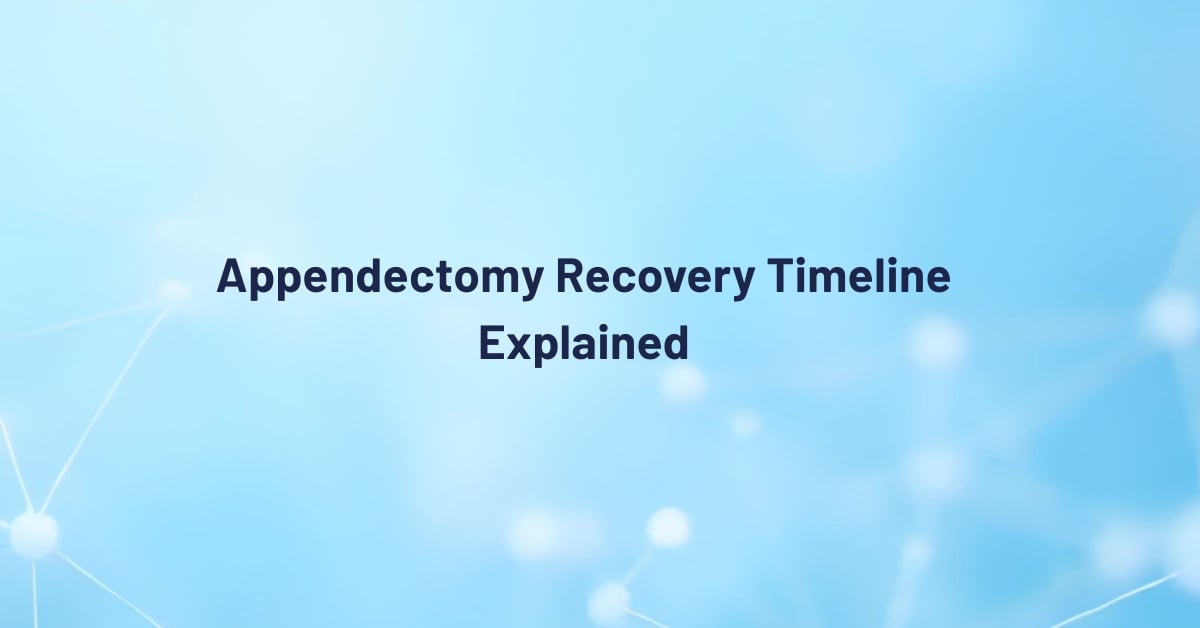Gallbladder removal, or cholecystectomy, is a common procedure that may require significant dietary adjustments. It’s important to become informed about how to manage your diet post-surgery to ensure a smooth recovery. Understanding the changes your body goes through and what foods can aid or hinder digestion is crucial. This guide explores what to eat, what to avoid, and how to maintain a balanced diet, making your transition as smooth as possible.
Understanding Dietary Changes Post-Surgery
After gallbladder removal, your body undergoes changes that impact digestion. It’s crucial to understand how these changes affect your diet. Without a gallbladder, your liver has no storage place for bile, which is now directly released into the intestines. This affects fat digestion and may lead to discomfort if not managed with the right diet.
What Foods Should You Avoid?
Adopting a new diet is critical to avoid complications after gallbladder removal. It’s best to minimize intake of high-fat and fried foods, as they can be difficult to digest and may cause bloating. Additionally, steer clear of spicy foods and full-fat dairy products, which could exacerbate digestive issues.
- High-fat foods: These may cause diarrhea or bloating.
- Spicy dishes and full-fat dairy: Difficult to digest.
- Avoidance aids a comfortable recovery post-surgery.
Beneficial Foods for a Smoother Recovery
Incorporating specific foods can facilitate a smoother recovery after gallbladder surgery. Focus on lean proteins, whole grains, and plenty of fruits and vegetables. These foods are low in fat and high in nutrients, aiding digestion and providing essential energy. Explore more about bile reflux diet to help tailor your meals effectively.
- Lean proteins: Chicken, turkey, and fish provide necessary nutrients.
- Whole grains: Brown rice and oats for fiber and energy.
- Fruits and vegetables: Essential for vitamins and minerals.
How to Manage Digestive Discomfort?
Managing digestive discomfort is a common concern post-surgery. Start by eating smaller, more frequent meals to help your body adjust to bile changes without the gallbladder. Hydration is also key; maintaining adequate water intake aids digestion and prevents constipation. You might find helpful strategies through gallbladder services.
- Frequent small meals: Easier on the digestive system.
- Hydrate: Supports overall digestion and health.
- Monitor your body’s response to different foods.
Creating A Long-Term Dietary Plan
After adjusting to immediate diet changes, forming a long-term nutrition plan is vital. Gradually reintroducing foods and monitoring tolerance levels can help in maintaining a balanced diet that suits your body’s new digestive capability. Check out these long-term dietary strategies on WebMD for a comprehensive plan.
- Balance: Gradually reintroduce foods to test tolerance.
- Monitoring: Keep a food diary to track reactions.
- Consultation: Consider discussing with a dietitian.
FAQs: Answering Your Common Concerns
Common questions arise after gallbladder removal, primarily about diet and lifestyle adjustments. Below, we address frequent queries to provide clarity and peace of mind:
| Question | Answer |
|---|---|
| Can I still eat fats? | Yes, but in limited amounts and opt for healthy fats. |
| Will I need supplements? | It depends on your diet; consult a physician for advice. |
| How long does it take to adjust? | Most people adjust within a few weeks to a month. |
Adjusting your diet after gallbladder removal is a crucial step towards a healthier lifestyle. By understanding your body’s needs and avoiding troublesome foods, you support a smoother recovery. Keep experimenting with foods to find what works best for you, and always consider professional advice for optimal health. Explore your options and enjoy this new journey with peace and confidence.




